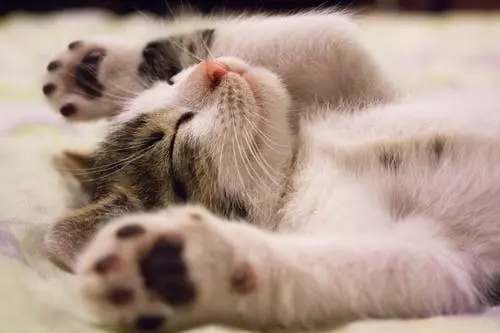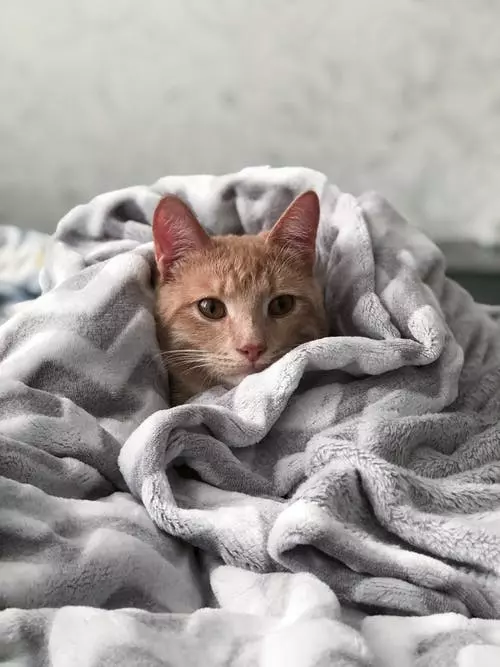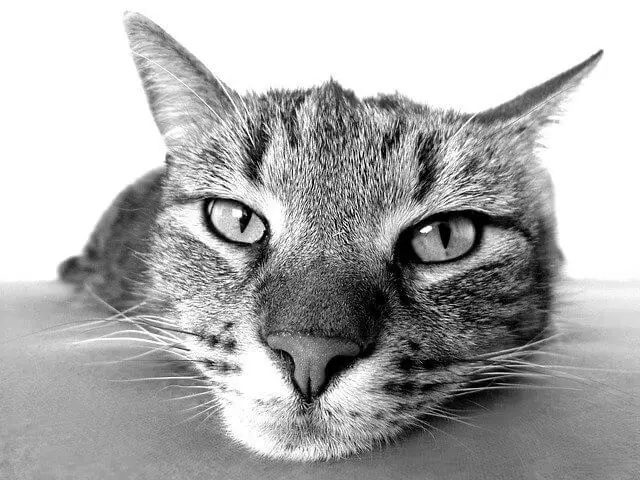As a cat owner, it’s essential to be aware of the various health issues that can affect your feline companion. One common problem that often goes unnoticed is dental resorptive lesions. These lesions can cause discomfort and pain for your cat, affecting their overall well-being. In this article, we will discuss how to recognize the symptoms of dental resorptive lesions in cats and provide guidance on addressing this issue effectively.
Understanding Dental Resorptive Lesions in Cats
Dental resorptive lesions, also known as feline odontoclastic resorptive lesions (FORLs) or neck lesions, are a common dental condition in cats. They occur when the enamel on the teeth erodes, leading to the exposure of the sensitive dentin layer underneath. This condition can affect cats of any age or breed, but it is more commonly seen in older cats.
Unfortunately, the exact cause of dental resorptive lesions in cats is still unknown. However, certain factors such as genetics, diet, and oral health maintenance may contribute to their development. These lesions can occur in any tooth, but they are most frequently found at the gum line.
Recognizing Symptoms of Dental Resorptive Lesions
Detecting dental resorptive lesions in cats can sometimes be challenging since cats are excellent at hiding signs of pain or discomfort. However, vigilant cat owners may notice some of the following symptoms that could indicate the presence of dental resorptive lesions:
1. Dental sensitivity: If your cat shows signs of pain, discomfort, or sensitivity while chewing, eating, or when their mouth is touched, it may be an indication of dental resorptive lesions.
2. Excessive drooling: Cats with dental resorptive lesions may drool more than usual due to mouth discomfort.
3. Bad breath: Foul breath, also known as halitosis, can be an indication of dental issues, including dental resorptive lesions.
4. Difficulty eating: Cats may experience difficulty eating or show reluctance to eat altogether due to the pain caused by dental resorptive lesions.
5. Visible redness or swelling: In some cases, you may observe redness, inflammation, or swelling around the gums or teeth affected by resorptive lesions.
If you notice any of these symptoms, it is crucial to consult your veterinarian promptly for a proper diagnosis and treatment plan.
Addressing Dental Resorptive Lesions in Cats
Treating dental resorptive lesions typically involves dental extraction of the affected teeth. Your veterinarian will conduct a thorough oral examination, possibly with the help of dental x-rays, to determine the extent of the lesions and identify the teeth that need to be extracted.
During the extraction procedure, your cat will be placed under general anesthesia to ensure their comfort and safety. The veterinarian will carefully remove the affected teeth, ensuring that all roots are completely extracted. After the procedure, your cat may require pain medication and antibiotics to aid in the healing process.
FAQs about Dental Resorptive Lesions in Cats
Here are some frequently asked questions about dental resorptive lesions in cats:
1. Can dental resorptive lesions be prevented? While the exact cause of these lesions is unknown, maintaining good oral hygiene and providing a balanced diet may help reduce the risk. Regular dental check-ups are also recommended.
2. Are dental resorptive lesions painful for cats? Yes, dental resorptive lesions can cause significant pain and discomfort for cats. It is essential to address this issue promptly to alleviate their suffering.
3. Can dental resorptive lesions recur after treatment? Unfortunately, dental resorptive lesions can reoccur in cats. Regular dental check-ups and proper oral care can help monitor and manage any potential recurrences.
4. Can dental resorptive lesions affect my cat’s overall health? Dental resorptive lesions can impact a cat’s overall health if left untreated. The pain and discomfort they cause can affect appetite, leading to weight loss and other health issues.
Remember, regular dental check-ups and professional cleanings are vital to maintaining your cat’s oral health and preventing dental resorptive lesions. By being observant of any symptoms and seeking timely veterinary care, you can help ensure your furry friend’s teeth and gums stay healthy and pain-free.








